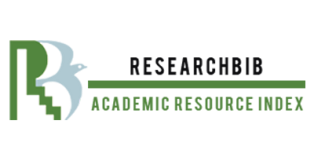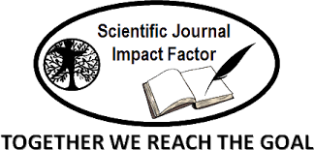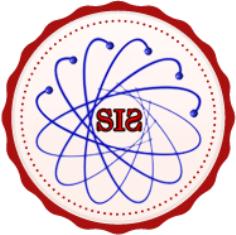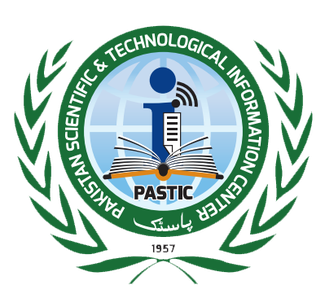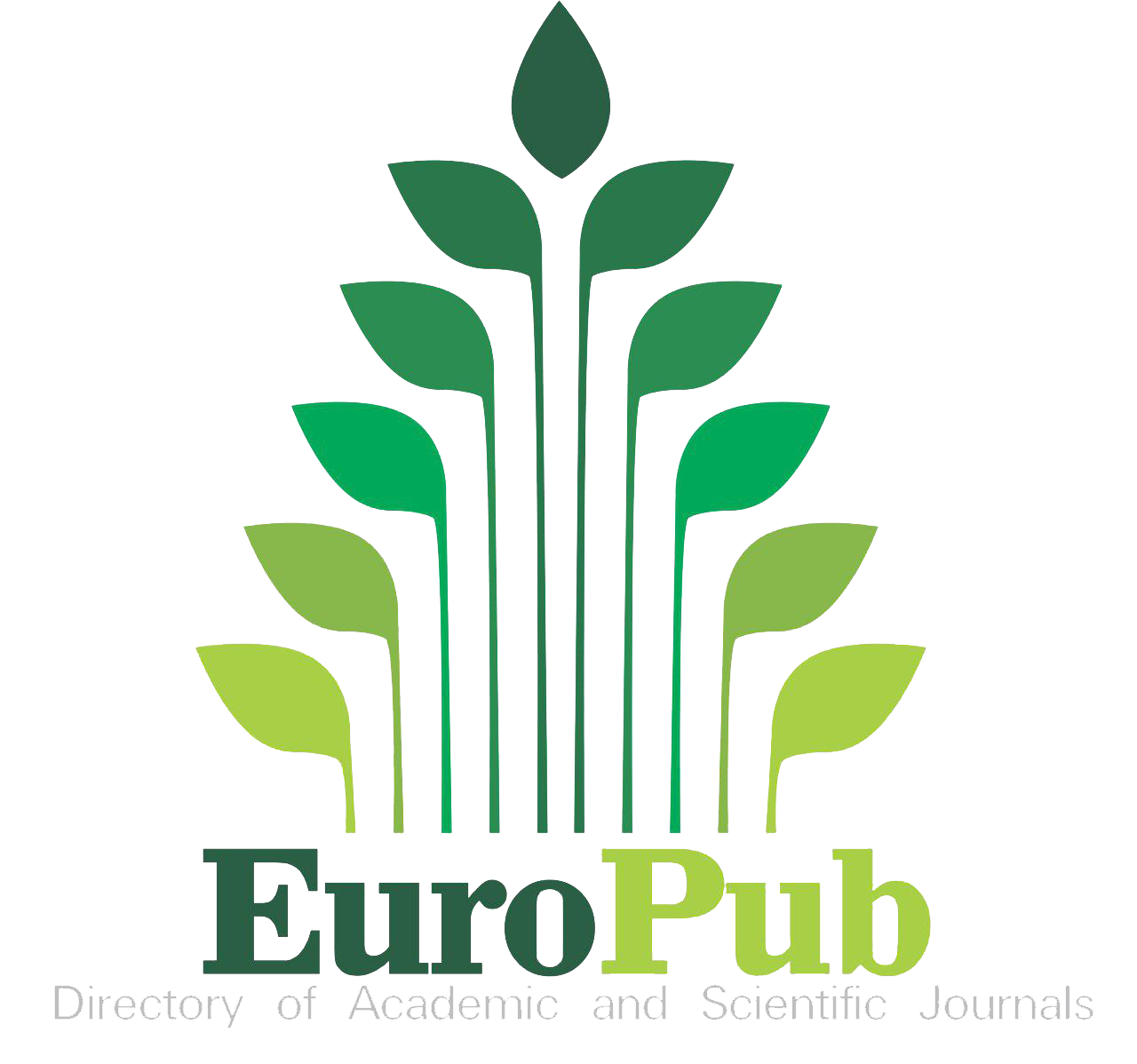Interactive Impacts of Heavy Metals and Soil Amendments on Enzymatic Activities and Microbial Biomass
Keywords:
Lead, Cadmium, Soil Additives, Microbial Biomass, Enzymatic ActivityAbstract
Both organic and inorganic soil additives are frequently used to increase the bioavailability of lead (Pb) and cadmium (Cd) in polluted soils, but these amendments may also affect microbial activity in soils by modifying heavy metal solubility. This research assessed the influence of different soil additives on enzymatic activity and the solubility of Pb and Cd in spiked soils. Soils were spiked with Pb (0, 1000, 1500 mg kg⁻¹) and Cd (0, 100, 150 mg kg⁻¹) artificially. Incubation experiments were carried out with various amendments, such as citric acid (CA; 0, 10 mmol kg⁻¹), ammonium nitrate (AN; 0, 10 mmol kg⁻¹), EDTA (0, 5 mmol kg⁻¹), compost (CO; 0, 10%), and titanium dioxide nanoparticles (TNPs; 0, 100 mg kg⁻¹). The microbial biomass carbon (Cmic) and dehydrogenase activity (DHA) declined by 66% and 47% in Pb₁₅₀₀, and by 54% and 35% in Cd₁₅₀ treatments, respectively. In control soil, compost addition gave the highest value of Cmic and DHA, followed by TNPs, CA, AN, and EDTA. But the mixed application of Pb, Cd, and soil additives caused an overall reduction in microbial activity. Among all the treatments, EDTA alone and in combination with Pb and Cd showed maximum toxicity to soil microorganisms.
References
A. Kushwaha, N. Hans, S. Kumar, and R. Rani, “A critical review on speciation, mobilization and toxicity of lead in soil-microbe-plant system and bioremediation strategies,” Ecotoxicol. Environ. Saf., vol. 147, pp. 1035–1045, 2018, doi: https://doi.org/10.1016/j.ecoenv.2017.09.049.
I. Gul et al., “EDTA-assisted phytoextraction of lead and cadmium by Pelargonium cultivars grown on spiked soil,” Int. J. Phytoremediation, vol. 21, no. 2, pp. 101–110, Jan. 2019, doi: 10.1080/15226514.2018.1474441.
M. Arshad et al., “Phytoavailability of lead altered by two Pelargonium cultivars grown on contrasting lead-spiked soils,” J. Soils Sediments, vol. 16, no. 2, pp. 581–591, Feb. 2016, doi: 10.1007/S11368-015-1248-6/METRICS.
M. A. Gul, IramManzoor, MariaHashim, NosheenKallerhoff, Jean, “Comparison of EDTA, Citric Acid and TiO2 Nanoparticles to Support Cd Phytoaccumulation in Spiked Soil,” Proc. 2nd Int. Conf. Recent Trends Environ. Sci. Eng., 2018, [Online]. Available: https://avestia.com/RTESE2018_Proceedings/files/paper/RTESE_119.pdf
T.-Q. L. Jin-Yan YANG, Zhen-Li HE , Xiao-E YANG, “Effect of Lead on Soil Enzyme Activities in Two Red Soils,” Pedosphere, vol. 24, no. 6, pp. 817–826, 2014, doi: https://doi.org/10.1016/S1002-0160(14)60069-2.
Y. Chen et al., “Comparison of ammonium fertilizers, EDTA, and NTA on enhancing the uptake of cadmium by an energy plant, Napier grass (Pennisetum purpureum Schumach),” J. Soils Sediments, vol. 17, no. 12, pp. 2786–2796, Dec. 2017, doi: 10.1007/S11368-017-1703-7/METRICS.
E. V. Freitas, C. W. Nascimento, and W. M. Silva, “Citric acid-assisted phytoextraction of lead in the field: The use of soil amendments,” Water. Air. Soil Pollut., vol. 225, no. 1, pp. 1–9, Jan. 2014, doi: 10.1007/S11270-013-1796-6/METRICS.
I. W. G. on the E. of C. R. to Humans, “Inorganic and Organic Lead Compounds,” IARC Monogr. Eval. Carcinog. Risks Hum., vol. 87, pp. 1–471, 2006, Accessed: Oct. 23, 2025. [Online]. Available: https://www.ncbi.nlm.nih.gov/books/NBK321297/
M. Manzoor, I. Gul, J. Silvestre, J. Kallerhoff, and M. Arshad, “Screening of Indigenous Ornamental Species from Different Plant Families for Pb Accumulation Potential Exposed to Metal Gradient in Spiked Soils,” Soil Sediment Contam. An Int. J., vol. 27, no. 5, pp. 439–453, Jul. 2018, doi: 10.1080/15320383.2018.1488238.
C. U. A. Nnabueze Darlington Nnaji, “Mechanisms of Heavy Metal Tolerance in Bacteria: A Review,” Sustainability, vol. 16, no. 24, p. 11124, 2024, doi: https://doi.org/10.3390/su162411124.
C. D. Sana Khalid, Muhammad Shahid, Nabeel Khan Niazi, Behzad Murtaza, Irshad Bibi, “A comparison of technologies for remediation of heavy metal contaminated soils,” J. Geochemical Explor., vol. 182, pp. 247–268, 2017, doi: https://doi.org/10.1016/j.gexplo.2016.11.021.
L. P. & Q. Z. Yang Yang, Yichen Ge, Hongyuan Zeng, Xihong Zhou, “Phytoextraction of cadmium-contaminated soil and potential of regenerated tobacco biomass for recovery of cadmium,” Sci. Rep., vol. 7, no. 7210, 2017, doi: https://doi.org/10.1038/s41598-017-05834-8.
M. Shahid et al., “EDTA-Enhanced Phytoremediation of Heavy Metals: A Review,” Soil Sediment Contam. An Int. J., vol. 23, no. 4, pp. 389–416, 2014, doi: 10.1080/15320383.2014.831029.
I. S. and U.-H. M. Akhtar Shazia, “Effect of Chelating agents on Heavy Metal Extraction from Contaminated Soils,” Res. J. Chem. Sci., vol. 4, no. 9, pp. 70–87, 2014, [Online]. Available: https://isca.me/rjcs/Archives/v4/i9/13.ISCA-RJCS-2014-149.pdf
M. A. Muhammad Amjad Khan, Sardar Khan, Anwarzeb Khan, “Soil contamination with cadmium, consequences and remediation using organic amendments,” Sci. Total Environ., vol. 601–602, pp. 1591–1605, 2017, doi: https://doi.org/10.1016/j.scitotenv.2017.06.030.
W. H. Xiangping Tan, Yanju Liu, Kaihong Yan, Ziquan Wang, Guannan Lu, Yike He, “Differences in the response of soil dehydrogenase activity to Cd contamination are determined by the different substrates used for its determination,” Chemosphere, vol. 169, pp. 324–332, 2017, doi: https://doi.org/10.1016/j.chemosphere.2016.11.076.
X. Wan, M. Lei, and J. Yang, “Two potential multi-metal hyperaccumulators found in four mining sites in Hunan Province, China,” Catena, vol. 148, pp. 67–73, 2017, doi: https://doi.org/10.1016/j.catena.2016.02.005.
S. Z. Fayuan Wang, “Effects of Soil Amendments on Heavy Metal Immobilization and Accumulation by Maize Grown in a Multiple-Metal-Contaminated Soil and Their Potential for Safe Crop Production,” Toxics, vol. 8, no. 4, p. 102, 2020, doi: https://doi.org/10.3390/toxics8040102.
S. A. Qi Li, Yanhong Wang, Yichun Li, Linfeng Li, Mingdeng Tang, Weifang Hu, Li Chen, “Speciation of heavy metals in soils and their immobilization at micro-scale interfaces among diverse soil components,” Sci. Total Environ., vol. 825, p. 153862, 2022, doi: https://doi.org/10.1016/j.scitotenv.2022.153862.
Z. Zahra et al., “Growth and Metabolic Responses of Rice (Oryza sativa L.) Cultivated in Phosphorus-Deficient Soil Amended with TiO2 Nanoparticles,” J. Agric. Food Chem., vol. 65, no. 28, pp. 5598–5606, Jul. 2017, doi: 10.1021/ACS.JAFC.7B01843.
V. S.-M. Claudia Campillo-Cora, Andrés Rodríguez-Seijo, Paula Pérez-Rodríguez, David Fernández-Calviño, “Effect of heavy metal pollution on soil microorganisms: Influence of soil physicochemical properties. A systematic review,” Eur. J. Soil Biol., vol. 124, p. 103706, 2025, doi: https://doi.org/10.1016/j.ejsobi.2024.103706.
M. G. A. van der H. Janine Moll, Florian Klingenfuss, Franco Widmer, Alexander Gogos, Thomas D. Bucheli, Martin Hartmann, “Effects of titanium dioxide nanoparticles on soil microbial communities and wheat biomass,” Soil Biol. Biochem., vol. 111, pp. 85–93, 2017, doi: https://doi.org/10.1016/j.soilbio.2017.03.019.
F. A. Waseem Hassan, Akmal, Muhammad, Ibrahim Muhammad, Muhammad Younas Rafiq, KashifZahaid, “Response of soil microbial biomass and enzymes activity to cadmium (Cd) toxicity under different soil textures and incubation times,” Aust. J. Crop Sci., vol. 7, no. 5, pp. 674–680, 2013, [Online]. Available: https://www.cropj.com/ali_7_5_2013_674_680.pdf
P. M. Humberto Aponte, “Meta-analysis of heavy metal effects on soil enzyme activities,” Sci. Total Environ., vol. 737, p. 139744, 2020, doi: https://doi.org/10.1016/j.scitotenv.2020.139744.
S. T. A. Ahmed Alengebawy, “Heavy Metals and Pesticides Toxicity in Agricultural Soil and Plants: Ecological Risks and Human Health Implications,” Toxics, vol. 9, no. 3, p. 42, 2021, doi: 10.3390/toxics9030042.
X. Zhang et al., “Effect of EDTA and citric acid on absorption of heavy metals and growth of Moso bamboo,” Environ. Sci. Pollut. Res., vol. 25, no. 19, pp. 18846–18852, Jul. 2018, doi: 10.1007/S11356-018-2040-0/METRICS.
Z. Y. Fengwei Yin, Jianbin Li, Yilu Wang, “Biodegradable chelating agents for enhancing phytoremediation: Mechanisms, market feasibility, and future studies,” Ecotoxicol. Environ. Saf., vol. 272, p. 116113, 2024, doi: https://doi.org/10.1016/j.ecoenv.2024.116113.
M. Sarwar, M. Arshad, D. A. Martens, and W. T. Frankenberger, “Tryptophan-dependent biosynthesis of auxins in soil,” Plant Soil, vol. 147, no. 2, pp. 207–215, Dec. 1992, doi: 10.1007/BF00029072/METRICS.
Z. W. Junyang Wu, “Unveiling a New Perspective on Cadmium-Induced Hormesis in Soil Enzyme Activity: The Relative Importance of Enzymatic Reaction Kinetics and Microbial Communities,” Agriculture, vol. 14, no. 6, p. 904, 2024, doi: https://doi.org/10.3390/agriculture14060904.
P. Prabhakaran, M. A. Ashraf, and W. S. Aqma, “Microbial stress response to heavy metals in the environment,” RSC Adv., vol. 6, no. 111, pp. 109862–109877, 2016, doi: 10.1039/C6RA10966G.
K. P. Mohab Amin Kamal, “Effect of different levels of EDTA on phytoextraction of heavy metal and growth of Brassica juncea L.,” Front. Microbiol., vol. 14, 2023, doi: https://doi.org/10.3389/fmicb.2023.1228117.
M. S. Alfredo Pérez-de-Mora, Pilar Burgos, Engracia Madejón, Francisco Cabrera, Petra Jaeckel, “Microbial community structure and function in a soil contaminated by heavy metals: effects of plant growth and different amendments,” Soil Biol. Biochem., vol. 38, no. 2, pp. 327–341, 2006, doi: https://doi.org/10.1016/j.soilbio.2005.05.010.
M. Huang et al., “Compost as a Soil Amendment to Remediate Heavy Metal-Contaminated Agricultural Soil: Mechanisms, Efficacy, Problems, and Strategies,” Water. Air. Soil Pollut., vol. 227, no. 10, Oct. 2016, doi: 10.1007/S11270-016-3068-8.
T. L. René van Herwijnen, “The effect of organic materials on the mobility and toxicity of metals in contaminated soils,” Appl. Geochemistry, vol. 22, no. 11, pp. 2422–2434, 2007, doi: 10.1016/j.apgeochem.2007.06.013.
A. S. Huifen Deng, Hong Lei, Yang Luo, Cheng Huan, Jianbo Li, Haobang Li, Fang He, Baizhong Zhang, Kangle Yi, “The effects of titanium dioxide nanoparticles on cadmium bioaccumulation in ramie and its application in remediation of cadmium-contaminated soil,” Alexandria Eng. J., vol. 86, pp. 663–668, 2024, doi: https://doi.org/10.1016/j.aej.2023.12.019.
M. D. T. Heba I. Mohamed, Izhar Ullah, “Heavy metals toxicity in plants: understanding mechanisms and developing coping strategies for remediation: a review,” Bioresour. Bioprocess. Vol., vol. 12, no. 95, 2025, doi: https://doi.org/10.1186/s40643-025-00930-4.
D. L. J. Mark Farrell, “Use of composts in the remediation of heavy metal contaminated soil,” J. Hazard. Mater., vol. 175, no. 1–3, pp. 575–82, 2009, doi: 10.1016/j.jhazmat.2009.10.044.
X. G. Ling Wang, “Interactions between antibiotic resistance genes and soil environmental factors: Coupling, antagonism, and synergism,” Emerg. Contam., vol. 11, no. 4, p. 100578, 2025, doi: https://doi.org/10.1016/j.emcon.2025.100578.
R. A. R. Ebhin Masto, “Soil Biological and Biochemical Responses to Cd Exposure,” Open J. Soil Sci., vol. 1, no. 1, pp. 8–15, 2011, [Online]. Available: http://scirp.org/journal/paperinformation?paperid=5464
X. Z. Chao Liu, Jiayi Liu, Xiaoli Mei, Jiaxin Zheng, Kang Zheng, Ou Li c, Chonlong Chio, Janak Khatiwada, “Effects of nitrogen regulation on heavy metal phytoextraction efficiency (Leucaena leucocephala): Application of a nitrogen fertilizer and a fungal agent,” Environ. Pollut., vol. 355, p. 124102, 2024, doi: https://doi.org/10.1016/j.envpol.2024.124102.
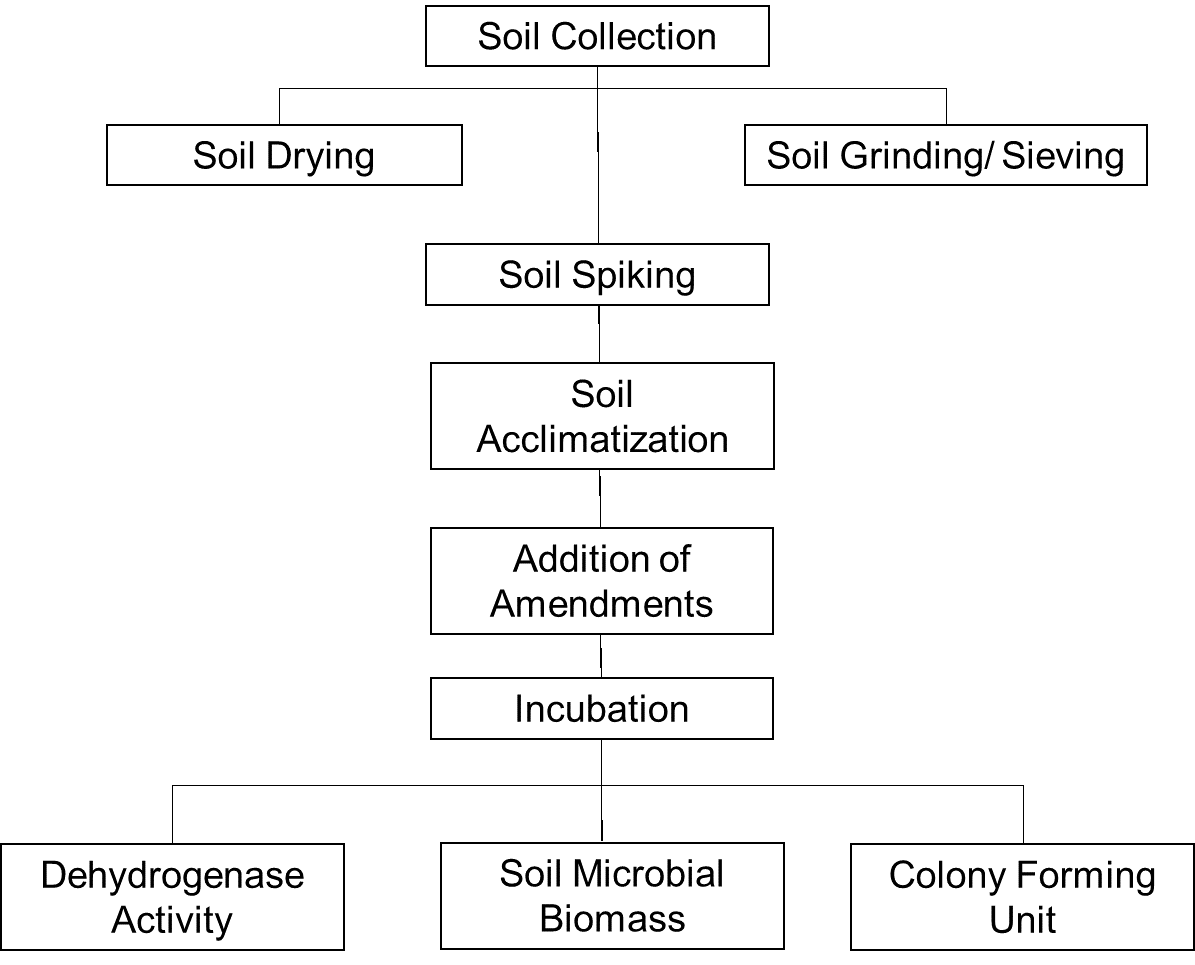
Downloads
Published
How to Cite
Issue
Section
License
Copyright (c) 2025 50sea

This work is licensed under a Creative Commons Attribution 4.0 International License.













